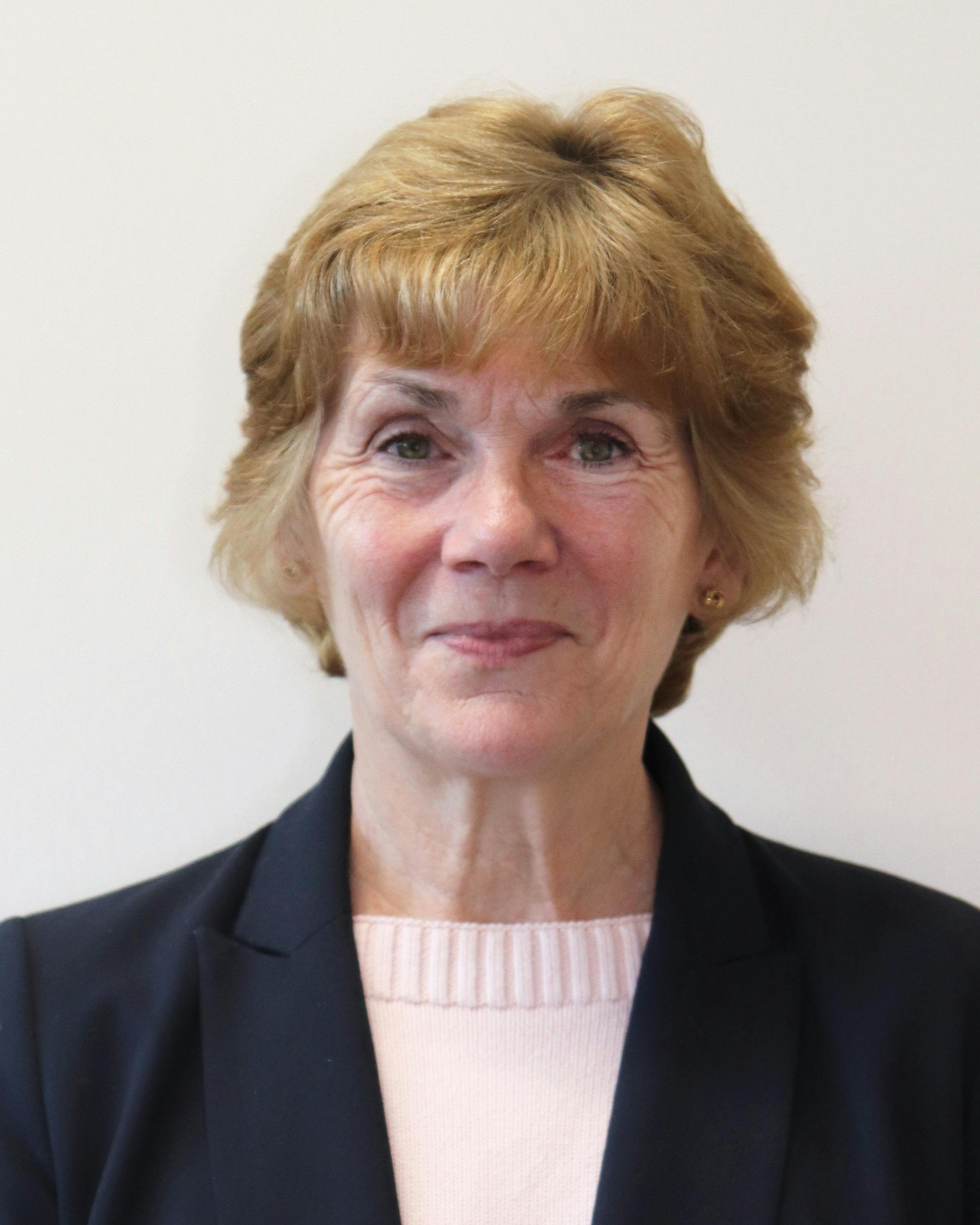East Sussex and Brighton & Hove LNRS - Help shape your Local Nature Recovery Strategy
While this consultation has now closed, you can still read the documents here.
A new strategy to help nature
The first Local Nature Recovery Strategy (LNRS) for East Sussex and Brighton & Hove has now been drafted. Informed by the views and expertise of nearly 1,000 local people and organisations, the strategy serves as a vital blueprint to help us target action for nature across this area.
Crucially it provides 7 principles and 24 priorities for nature’s recovery, supported by over 100 potential actions that could be taken to deliver them, and a local habitat map showing where many of these actions could be taken.
This consultation gives you the opportunity to help shape this ambitious new strategy for East Sussex and Brighton & Hove before it is published early 2026. So have your say and get involved in nature recovery.
Watch our webinar to find out more about the strategies and how to add your voice.
How to review this LNRS
The written part of this strategy is called the Statement of Biodiversity Priorities and it is divided into three main Parts. There is also a Part 4 which has supporting technical detail (opens in new window)
Before you start, we recommend watching the webinar recording above which walks through what's in the strategies and how to navigate them, or download our 5-page Guide to the LNRS (opens in new window).

Part 1 - Context & Description (opens in new window).
This has the context to the strategy: what a LNRS is, what local people told us, the state of nature in East Sussex and Brighton & Hove and what's already happening for nature

Part 2 - Priorities, Measures and Maps (opens in new window)
This has the strategy's recommendations including the principles, priorities and measures that can help nature in East Sussex and Brighton & Hove.

Part 3 - Species (opens in new window)
Priority species in East Sussex and Brighton & Hove, and the actions needed to support their recovery.

Local Habitat Map (opens in new window)
This shows where mapped measures could be taken. *** 24/10/25 Due to a national update to our mapping platform, we are aware of an issue and are working hard to fix it. The issue reduces the ability to select and isolate measure layers. We apologise for any inconvenience. ***
Opening the map first? Read our map user guide (opens in a new window)
Take the survey to have your say (scroll down)
All questions are voluntary and you can skip any you don't feel are relevant. You can also add comments directly onto the interactive Local Habitat Map if viewing from a desktop or laptop.
Please note, any data collected follows our Sussex Nature Recovery privacy policy (opens in new window). If you provide your contact details at any point throughout the survey, they will only be used for the purpose in which you have provided them.
Accessibility and alternate formats
Anyone without access to the internet can visit an East Sussex library (opens in new window) to complete the consultation. If you need further support completing an online form, help can be arranged from a digital volunteer. Alternatively, people can request a printed version of the survey is sent to them, with a freepost return envelope, by calling 01243 642105.
If you require any of this information in an alternative format, then please contact us via email at EastSussexLNRS@eastsussex.gov.uk or by telephone on 01243 642105 and we will do our best to assist you. If you are deaf or hard of hearing and have a BT Relay UK app (opens in new window) installed on your PC, laptop or smartphone, you can contact us on 18001 01243 642105.
For more information about the accessibility of this website, please see our Accessibility tab (opens in new window) at the foot of the page.
Please note, you can use the Google Translate function to access this project in a range of different languages. The Google Translate widget can be found at the top left-hand side of the project page, where it sits just above the black West Sussex County Council ribbon.



